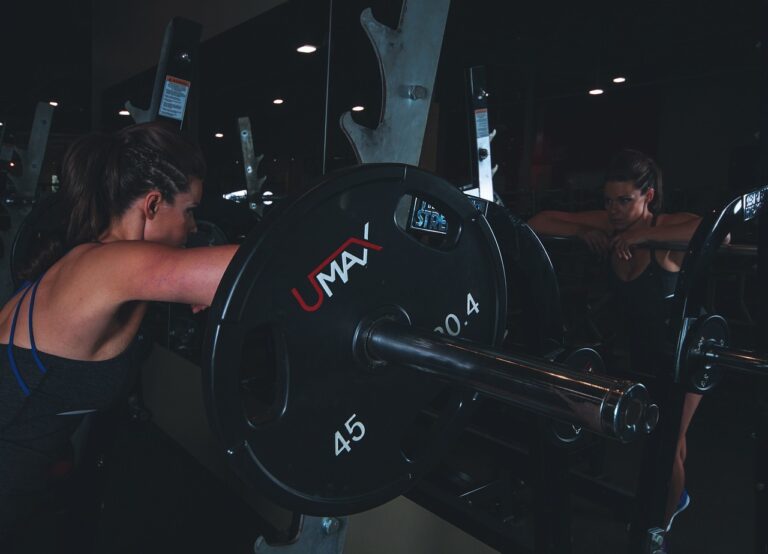Innovations in Assistive Technology: Improving Accessibility for People with Disabilities
Assistive technology has come a long way in recent years, making significant strides in improving accessibility for people with disabilities. From mobility aids to communication devices, these innovations are revolutionizing the way individuals with disabilities navigate the world around them. In this article, we will explore some of the latest advancements in assistive technology and how they are making a positive impact on the lives of people with disabilities.
1. Mobility Aids
One of the most significant areas of innovation in assistive technology is mobility aids. Devices such as electric wheelchairs, exoskeletons, and prosthetic limbs are continuously being improved to provide individuals with greater independence and freedom of movement. These advancements not only enhance mobility but also help individuals participate more fully in daily activities.
2. Communication Devices
For individuals with speech or communication impairments, technology has made tremendous progress in developing communication devices that translate text or images into speech. These devices enable individuals to express themselves more effectively and interact with others in a more meaningful way.
3. Sensory Aids
Individuals with sensory impairments are benefiting from innovative technologies such as hearing aids, braille displays, and tactile feedback devices. These aids help individuals with visual or hearing impairments navigate their surroundings more efficiently and lead more independent lives.
4. Cognitive Aids
Technology has also made significant advancements in developing cognitive aids for individuals with cognitive disabilities. Apps, software, and devices that assist with memory, organization, and decision-making are helping individuals with cognitive impairments manage their daily tasks more effectively.
5. Environmental Control Systems
Environmental control systems allow individuals with physical disabilities to control various electronic devices in their environment, such as lights, TVs, and thermostats, using assistive technology. These systems give individuals greater autonomy in their homes and workplaces, enhancing their overall quality of life.
6. Wearable Technology
Wearable technology is another area where innovation in assistive technology is making a significant impact. Devices such as smart glasses, smartwatches, and wearable sensors are helping individuals with disabilities perform daily tasks more efficiently and stay connected with the world around them.
FAQs
Q: How is assistive technology funded?
A: Assistive technology can be funded through various sources, including government programs, private insurance, nonprofit organizations, and personal savings. Some individuals may also qualify for financial assistance or grants to help cover the costs of assistive technology devices.
Q: Are there specific regulations governing assistive technology?
A: In the United States, the Americans with Disabilities Act (ADA) sets forth guidelines and regulations regarding accessibility and the use of assistive technology for individuals with disabilities. These regulations ensure that individuals with disabilities have equal access to technology and accommodations in various settings.
Q: How can individuals with disabilities access assistive technology?
A: Individuals with disabilities can access assistive technology through various channels, including healthcare providers, disability support organizations, assistive technology vendors, and online marketplaces. Many assistive technology devices require an assessment and prescription from a healthcare professional to ensure proper fit and functionality.
Overall, innovations in assistive technology are transforming the lives of people with disabilities by providing them with greater independence, accessibility, and inclusion in society. As technology continues to evolve, we can expect even more groundbreaking advancements that will further enhance the quality of life for individuals with disabilities.







